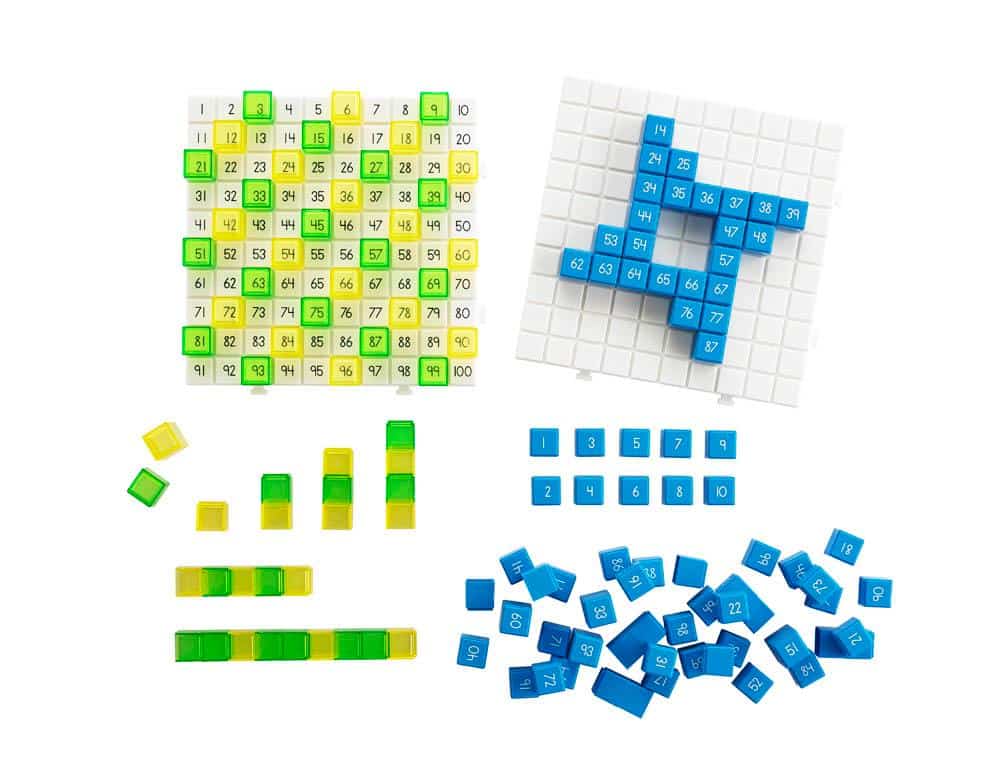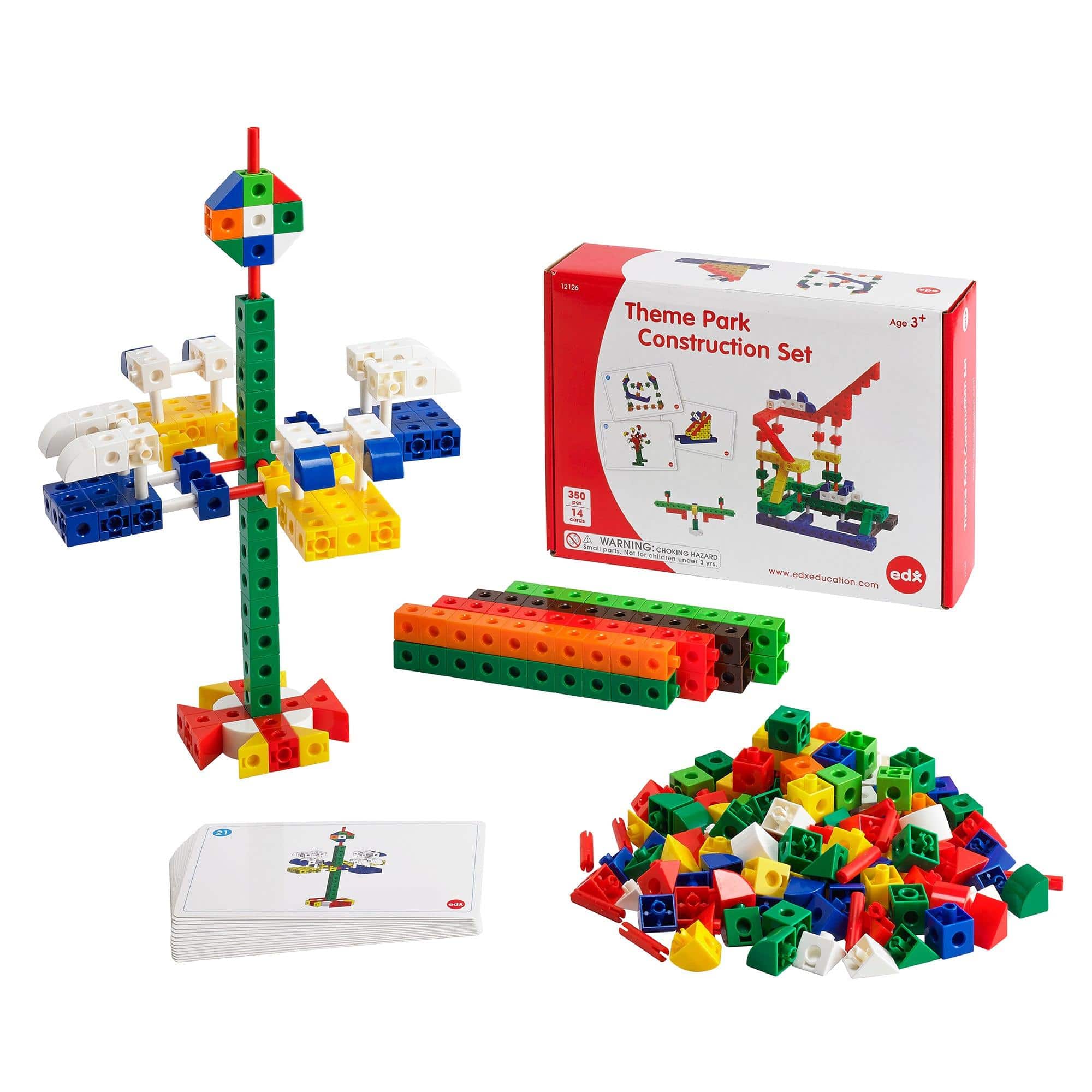The Link Between Toys and Cognitive Flexibility
Introduction
Toys play a crucial role in a child’s development, not only providing entertainment but also aiding in cognitive development. One important aspect of cognitive development is cognitive flexibility, which refers to the ability to adapt thinking strategies in response to new or changing circumstances. In this blog article, we will explore the link between toys and cognitive flexibility, discussing how certain toys can enhance this important cognitive skill.
Features of Toys that Promote Cognitive Flexibility
- Open-Ended Play: Toys that encourage open-ended play, such as building blocks or play dough, allow children to explore and create in various ways. This freedom in play promotes cognitive flexibility as it encourages children to think outside the box and consider different possibilities.
- Puzzle-Based Toys: Puzzles, whether traditional jigsaw puzzles or more advanced logic puzzles, are excellent tools for developing cognitive flexibility. They require children to think critically, problem-solve, and adapt their thinking to fit different pieces together.
- Imaginative Playsets: Toys that stimulate imaginative play, such as dollhouses or pretend playsets, provide children with opportunities to engage in role-playing and scenario building. This type of play fosters cognitive flexibility by encouraging children to think from different perspectives and adapt their thinking to different roles.
- Board Games: Playing board games not only promotes social interaction but also enhances cognitive flexibility. Board games often require strategic thinking, planning ahead, and adapting strategies based on changing game situations.
- Artistic Toys: Toys that involve artistic expression, like drawing sets or clay modeling, also contribute to cognitive flexibility. Such activities allow children to experiment with different ideas, perspectives, and creative approaches, broadening their thinking and problem-solving abilities.
The Cognitive Flexibility Benefits of Toys
The link between toys and cognitive flexibility is evident through the various benefits observed in children who engage with these toys regularly. Some of the advantages include:
- Improved Problem-Solving: By engaging with toys that promote cognitive flexibility, children develop better problem-solving skills. They learn to think critically, consider multiple solutions, and adapt their thinking to find the most effective way to solve a problem.
- Enhanced Creativity: Toys that encourage open-ended play and imaginative thinking stimulate creativity in children. This creativity helps foster cognitive flexibility, allowing children to think creatively and explore alternative approaches when faced with challenges or new situations.
- Developing Adaptability: Toys that require children to adapt their thinking or strategies, such as puzzles or board games, help in fostering adaptability. This adaptability translates into real-life situations, enabling children to approach changing circumstances with a flexible and open mindset.
- Empathy and Perspective-Taking: Imaginative playsets and toys that involve role-playing can aid in the development of empathy and perspective-taking skills. By imagining themselves in different roles, children learn to understand and consider different perspectives, contributing to their cognitive flexibility.
Conclusion
Toys have a profound impact on a child’s cognitive development, and one specific area they influence is cognitive flexibility. From open-ended play to puzzle-based toys and board games, these toys encourage critical thinking, problem-solving, creativity, adaptability, and empathy. As parents and educators, it is essential to provide children with a wide range of toys that promote cognitive flexibility, nurturing their cognitive growth and preparing them for future challenges.


